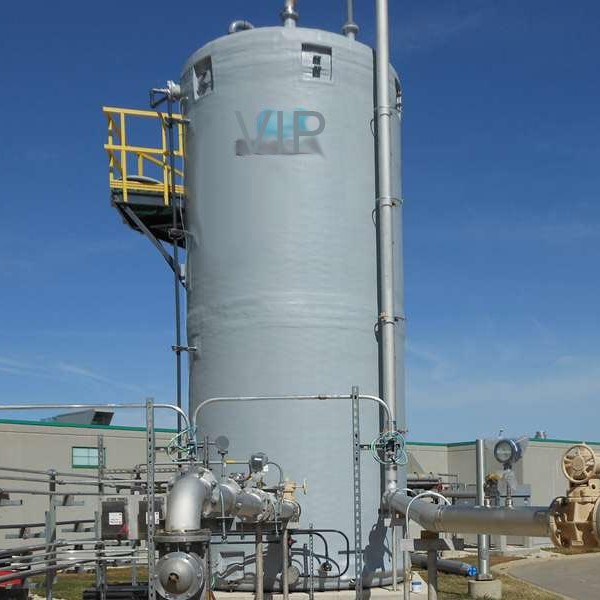
-
 Afrikaans
Afrikaans -
 Albanian
Albanian -
 Amharic
Amharic -
 Arabic
Arabic -
 Armenian
Armenian -
 Azerbaijani
Azerbaijani -
 Basque
Basque -
 Belarusian
Belarusian -
 Bengali
Bengali -
 Bosnian
Bosnian -
 Bulgarian
Bulgarian -
 Catalan
Catalan -
 Cebuano
Cebuano -
 China
China -
 China (Taiwan)
China (Taiwan) -
 Corsican
Corsican -
 Croatian
Croatian -
 Czech
Czech -
 Danish
Danish -
 Dutch
Dutch -
 English
English -
 Esperanto
Esperanto -
 Estonian
Estonian -
 Finnish
Finnish -
 French
French -
 Frisian
Frisian -
 Galician
Galician -
 Georgian
Georgian -
 German
German -
 Greek
Greek -
 Gujarati
Gujarati -
 Haitian Creole
Haitian Creole -
 hausa
hausa -
 hawaiian
hawaiian -
 Hebrew
Hebrew -
 Hindi
Hindi -
 Miao
Miao -
 Hungarian
Hungarian -
 Icelandic
Icelandic -
 igbo
igbo -
 Indonesian
Indonesian -
 irish
irish -
 Italian
Italian -
 Japanese
Japanese -
 Javanese
Javanese -
 Kannada
Kannada -
 kazakh
kazakh -
 Khmer
Khmer -
 Rwandese
Rwandese -
 Korean
Korean -
 Kurdish
Kurdish -
 Kyrgyz
Kyrgyz -
 Lao
Lao -
 Latin
Latin -
 Latvian
Latvian -
 Lithuanian
Lithuanian -
 Luxembourgish
Luxembourgish -
 Macedonian
Macedonian -
 Malgashi
Malgashi -
 Malay
Malay -
 Malayalam
Malayalam -
 Maltese
Maltese -
 Maori
Maori -
 Marathi
Marathi -
 Mongolian
Mongolian -
 Myanmar
Myanmar -
 Nepali
Nepali -
 Norwegian
Norwegian -
 Norwegian
Norwegian -
 Occitan
Occitan -
 Pashto
Pashto -
 Persian
Persian -
 Polish
Polish -
 Portuguese
Portuguese -
 Punjabi
Punjabi -
 Romanian
Romanian -
 Russian
Russian -
 Samoan
Samoan -
 Scottish Gaelic
Scottish Gaelic -
 Serbian
Serbian -
 Sesotho
Sesotho -
 Shona
Shona -
 Sindhi
Sindhi -
 Sinhala
Sinhala -
 Slovak
Slovak -
 Slovenian
Slovenian -
 Somali
Somali -
 Spanish
Spanish -
 Sundanese
Sundanese -
 Swahili
Swahili -
 Swedish
Swedish -
 Tagalog
Tagalog -
 Tajik
Tajik -
 Tamil
Tamil -
 Tatar
Tatar -
 Telugu
Telugu -
 Thai
Thai -
 Turkish
Turkish -
 Turkmen
Turkmen -
 Ukrainian
Ukrainian -
 Urdu
Urdu -
 Uighur
Uighur -
 Uzbek
Uzbek -
 Vietnamese
Vietnamese -
 Welsh
Welsh -
 Bantu
Bantu -
 Yiddish
Yiddish -
 Yoruba
Yoruba -
 Zulu
Zulu
High-Quality Food Safe Equipment for Reliable and Efficient Food Processing Solutions
Understanding FRP Food Grade Equipment A Modern Approach to Safety and Efficiency
In the food industry, safety and cleanliness are paramount. The equipment used in food processing, storage, and transportation must meet strict health standards to ensure that food products remain uncontaminated and safe for consumption. One innovative solution that has gained traction in recent years is FRP (Fiberglass Reinforced Plastic) food grade equipment. This material is revolutionizing the way food-related operations are conducted.
FRP is a composite material made of polymer resin reinforced with fiberglass. It boasts a variety of properties that make it particularly suitable for food-grade applications. First and foremost, FRP is non-reactive, which means that it does not interact with food substances or alter their chemical composition. This is critical in maintaining the quality and freshness of food products. Additionally, FRP is resistant to many chemicals, making it particularly advantageous in environments where cleaning agents and sanitizers are frequently used.
Understanding FRP Food Grade Equipment A Modern Approach to Safety and Efficiency
The lightweight nature of FRP also contributes to its advantages. Equipment made from FRP is easier to handle, transport, and install, which streamlines operations within a food processing facility. Employees can maneuver these materials with greater ease, reducing the risk of workplace accidents and enhancing overall productivity.
frp food grade equipment

In addition to its practicality, FRP equipment offers a range of design options. Manufacturers can mold FRP into various shapes, which allows for customizable solutions tailored to specific operational needs. Whether it’s storage tanks, processing tables, or conveyor systems, FRP can be engineered to fit seamlessly into existing workflows.
Hygiene is another area where FRP excels. Many FRP products are designed with smooth surfaces that are easy to clean and sanitize, minimizing the risk of bacterial growth. This is vital in food processing environments where contaminants can easily compromise product safety. Furthermore, FRP is often manufactured to meet or exceed FDA regulations regarding food safety, adding another layer of assurance for manufacturers and consumers alike.
The versatility of FRP food grade equipment extends beyond food processing. It is also applicable in various sectors such as pharmaceuticals, chemicals, and wastewater management, demonstrating its adaptability across industries. With the increasing focus on sustainable practices, many FRP products are made using eco-friendly materials, appealing to environmentally conscious consumers and businesses.
In conclusion, FRP food grade equipment represents a significant advancement in the food industry’s quest for safety and efficiency. Its non-reactive properties, durability, lightweight design, and ease of cleaning make it an ideal choice for food processing facilities. As the industry continues to evolve, the adoption of such innovative materials will help ensure that the highest standards of food safety are met, while also promoting operational efficiency. With FRP, the future of food-grade equipment looks promising, paving the way for safer and more sustainable food production practices.









